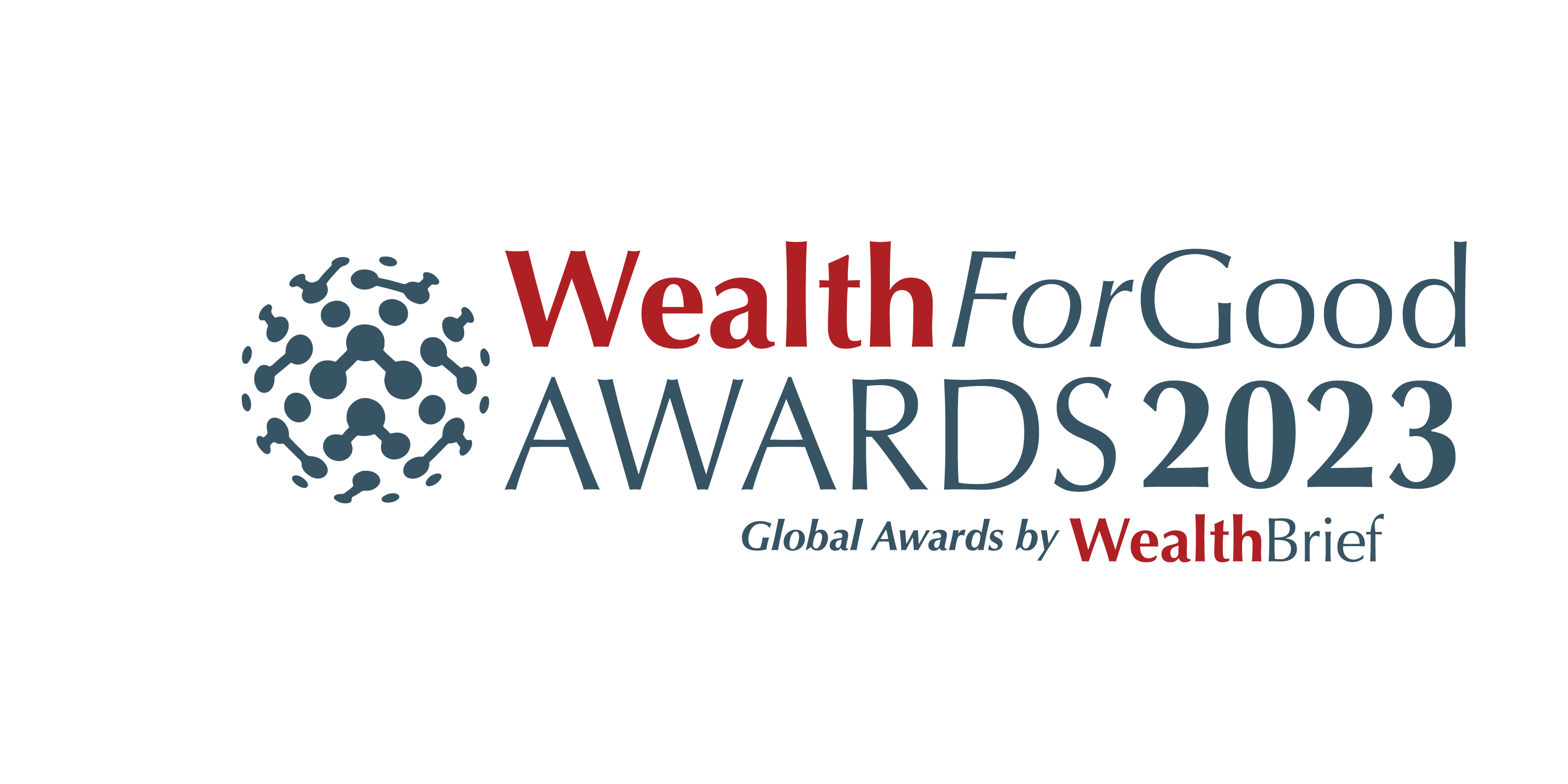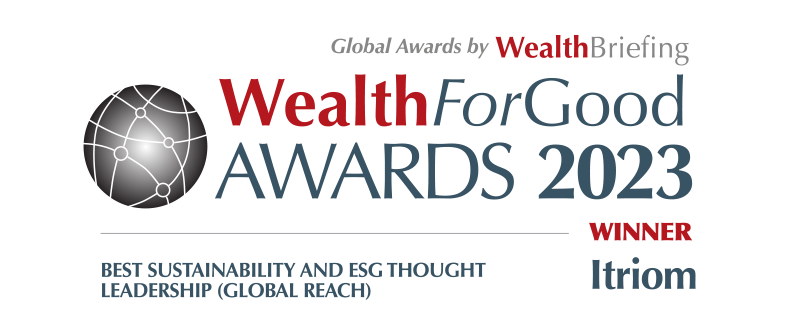
Senior Partner
In 1972, Edward Lorenz said ‘a butterfly flapping its wings in Brazil, can produce a tornado in Texas’. This is certainly true in geopolitics. Its lexicon is full of impersonal references, such as ‘alliance’, ‘borders’, ‘the Yalta Conference’ and ‘the Zulu Nation’. This is misleading, however; geopolitics is about humans. Alliances, borders, conferences and nations exist because of humans and their dynamics are the forces of influence that are in constant motion around all human activity.
Those forces can be distilled into three main elements; coercion, compulsion and consensus. Rather like the three primary colours, they exist in isolation or as a combination. The variations are infinite and their outcomes are equally varied. For instance, if you just consider the complex human influence forces which must exist for alliances to be formed, borders established, conferences concluded and nations created you will see that it is an intricate matrix of micro human activity reaching into the macro-outcomes of geopolitical scale. Understanding this matrix is crucial to being a genuinely informed, empowered and independent actor on the global stage.
Each of these elements have distinct attributes and understanding them also makes it possible to recognise when and how they are being practised. Each are a combination of external and internal forces which act upon individuals. Coercion is external forces acting to suppress an internal impulse; compulsion is an external force acting to release an internal impulse, consensus is an internal impulse acting in validation of an external force. ‘I am being made to…’, ‘I feel that I have to.’ and ‘I know I really want to….’.
In geopolitical terms, consider this simple example. A corrupt, autocratic government passes a law to criminalise protest. Social media footage of protesters being arrested is shown around the world. An international human rights charity runs a public information campaign in a different, historically allied, country. Pressure groups in that country lobby their government to propose a resolution at the United Nations whilst their Parliament unanimously votes to impose unilateral sanctions on the autocratic government and welcome its refugees.
Firstly, there is clear coercion by someone using the law to invoke fear and intimidate potential protestors. However, this is only possible if people in that government pass such a law. They may fear imprisonment themselves, want to retain favour or genuinely believe that protests are criminal. So, a consensus is reached and the law is passed. However, the existence of the arrest footage demonstrates that some people are not intimidated. The law may have made them feel that they must protest or they believe that protest is the only way to bring change, regardless of the law. There is a consensus to protest.
Secondly, the footage is taken and transmitted by people. They publish it because they want other people to see what is happening. At least one of those people, who works for an international human rights organisation, feels compelled by the footage to share it, motivating more people to want to create a publicity campaign. That campaign inspires yet more people to lobby decision makers in their government to instruct their representative at the United Nations to table a motion, which triggers a debate. There is also a consensus amongst members of their legislature which leads them to pass a law, knowingly altering the fundamental nature of their strategic alliance.
So, for every geopolitical story there are actually two integrated images. A swirling world of human coercion, compulsion and consensus that enables corrupt regimes, inspires protests, mobilises campaigns and changes strategies. We are all actors in these geopolitical stories and the closer we are to levers of power the more pivotal we may be to these influence dynamics, whether knowingly or as unwitting agents of others’ designs. Consequently, it is not enough to know about both images, but we must understand how they integrate and be astute enough to recognise when we are being acted upon.
It has been said that influence is easy to explain, difficult to understand and impossible to practise. We must recognise that we are all butterflies of influence, whether desired or not. Unlike children playing with paint, in geopolitics there is no room to practise because people are not a canvas. To be seen as an informed, empowered and independent global actor of the future means being aware of these dynamics, alert to invisible influences and alive to the effects of flapping wings.
Simon Alexander Hulland-Lucas is a Senior Partner in Itriom London office.
Itriom is the global impact platform helping leading families shape a better world. Itriom’s platform enables families to refresh and redesign their values, aligns them with the right UN Sustainable Development Goals, combining them in an agreed purpose and a Family Impact Charter. Itriom’s platform supports the development of impact initiatives and whilst providing discrete and secure spaces for peer-to-peer messaging and collaboration. Itriom’s core practices in Leadership, Geostrategy, and Sustainability benefit clients by developing strategies to engage and support the Next Generation in building a lasting legacy of which families can be proud.
Itriom’s Geostrategy Practice provides leading families and their principals the Geostrategic knowledge, opportunities and strategy needed to thrive across borders, whilst developing enhanced capabilities for the Next Generation as they prepare to take their place on the world stage.
itriom.com
enquiries@itriom.com
T: +44 (0)203 198 2277
© 2024 Itriom Limited. All rights reserved. Republication or redistribution of Itriom’s content, including by framing or similar means, is prohibited without the prior written consent of Itriom Limited. This material is provided for informational purposes only.




© 2024 Itriom Limited. Company Registration Number 134815 Jersey Financial Services Commission. Registered Office 9 Bond Street, St Helier, Jersey, JE2 3NP
ESG Consultant
Alizah is an ESG Consultant and researcher. She supports Itriom developing sustainability related products and services, helping our clients identify potential opportunities for creating positive environmental, social and sustainable impact.
ESG Analyst
Georgie is an ESG Analyst and researcher. She researches trends, develops insights and reports, and writes insight articles on sustainability and ESG related topics to ensure Itriom’s clients are up to date on the latest policy, progress and initiatives to inform the platform and help our clients maximise their positive impact.
Senior Partner
Practice Leader – Leadership & Resilience
Renowned family office thought leader, Tim works with UHNW families to ensure they are fully equipped to deliver their legacies inter-generationally and effectively.
Associate Partner
Practice Leader – Sustainability
Dr. Herb creates methodologies and frameworks for managing, measuring and assessing sustainability performance. His work identifies where maximum impact can be made.
Senior Partner
Practice Leader – Geostrategy
Simon harnesses research, liaison and networks globally to identify opportunities for Itriom, building the knowledge needed to deliver intergeneration legacies for UHNW families.
Managing Partner
Practice Leader – Strategy